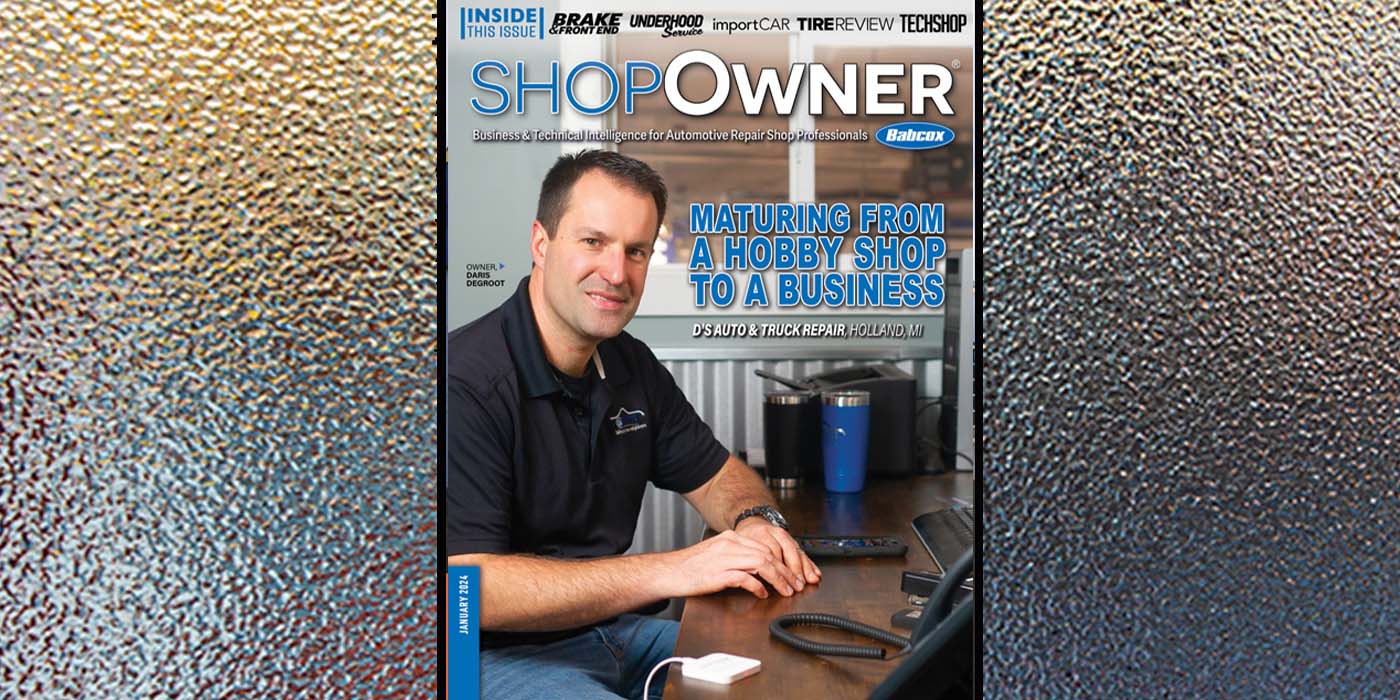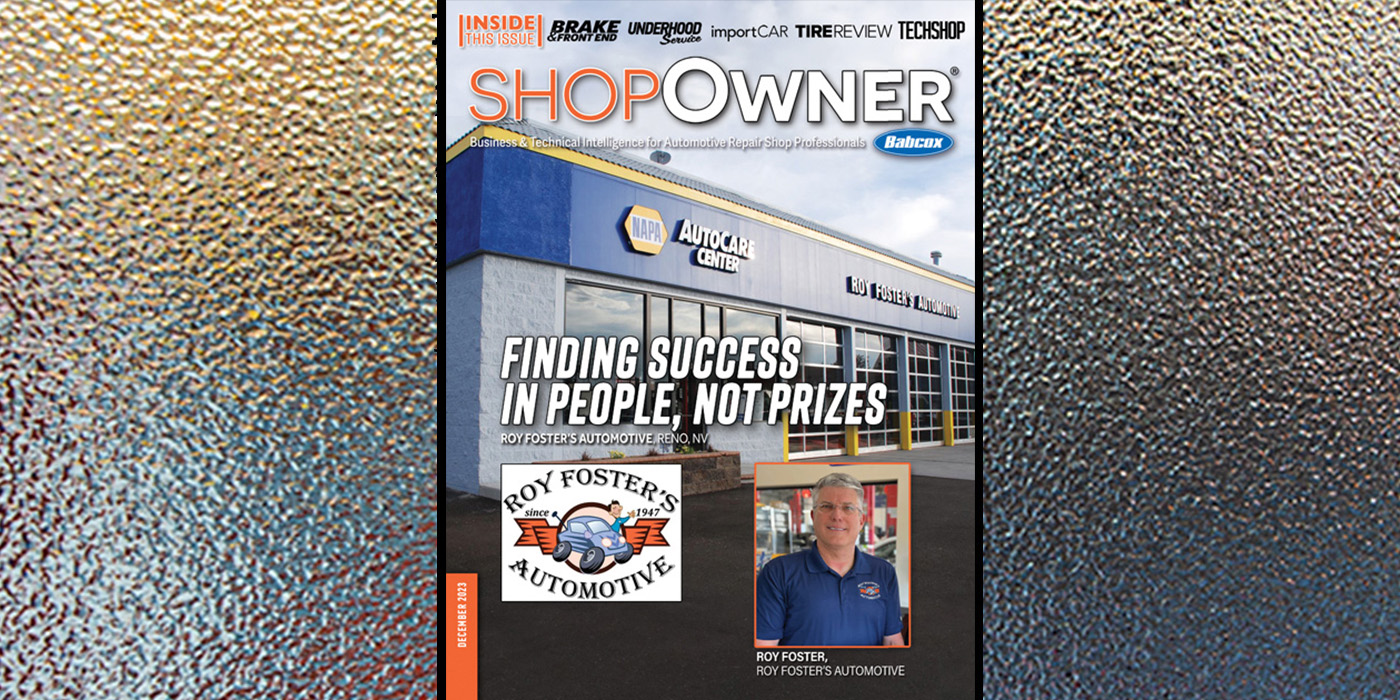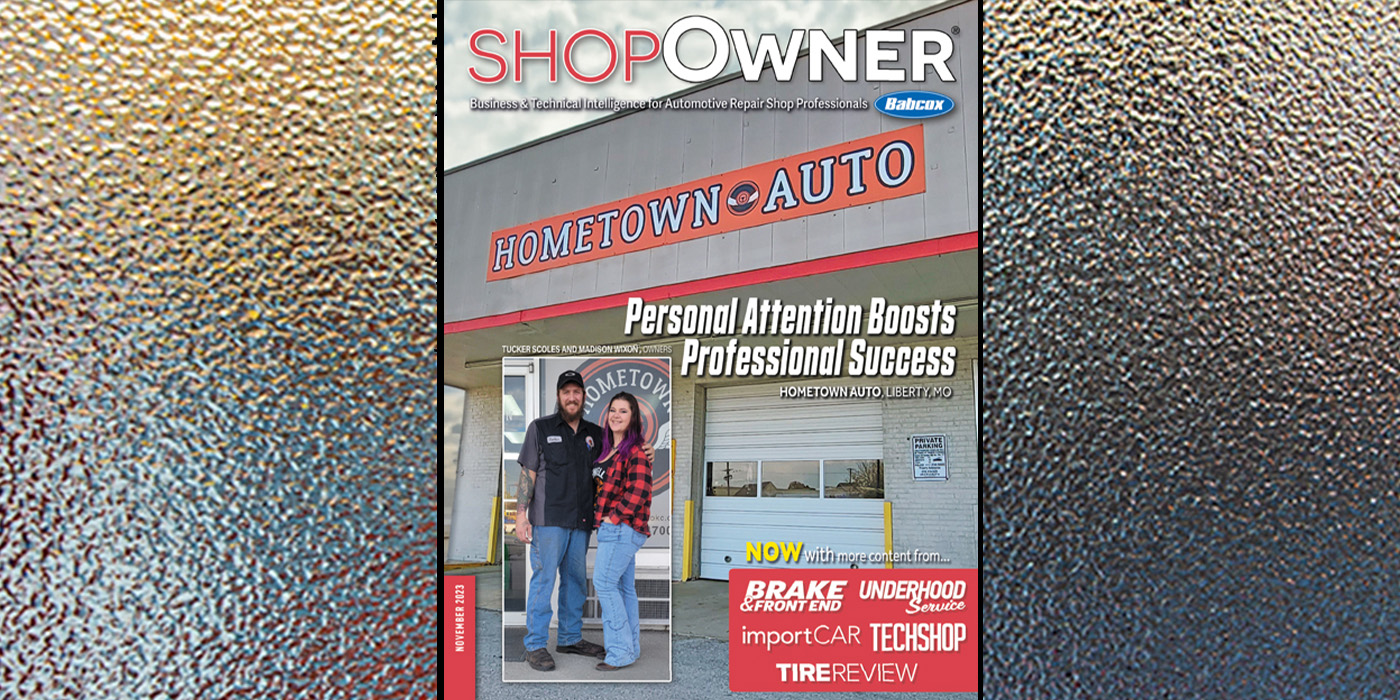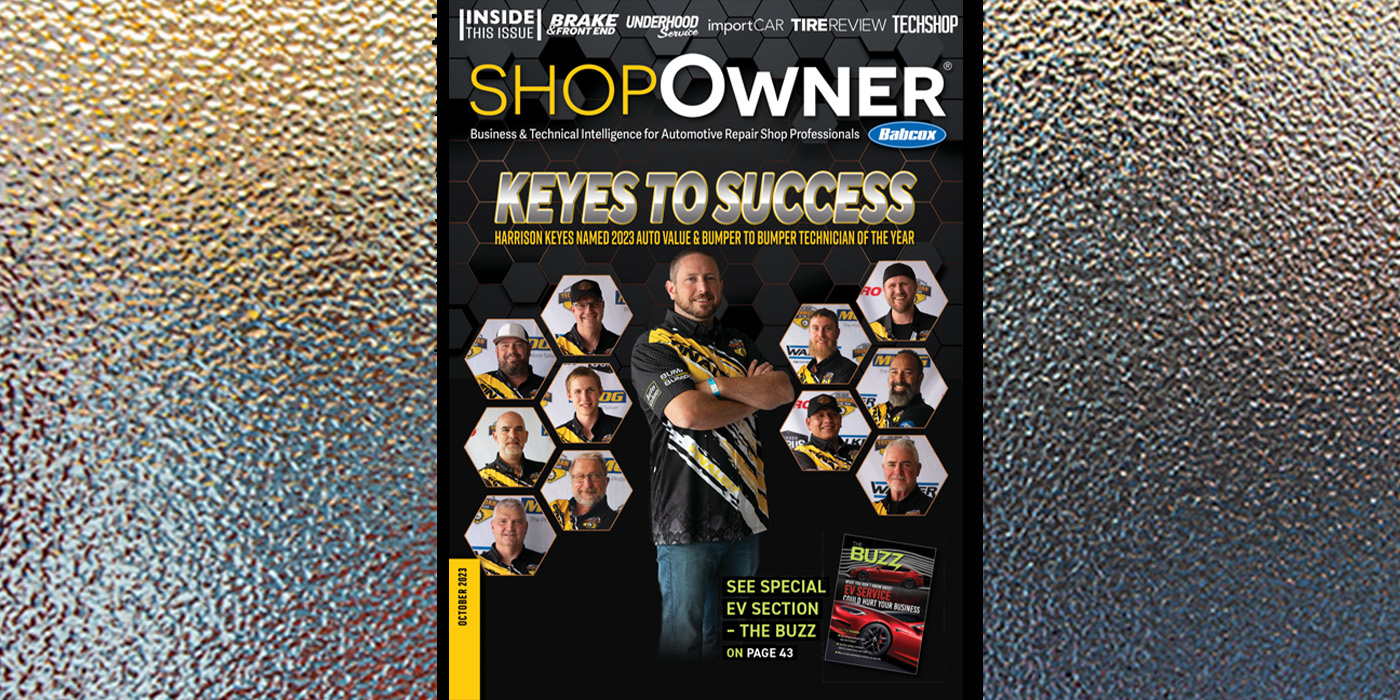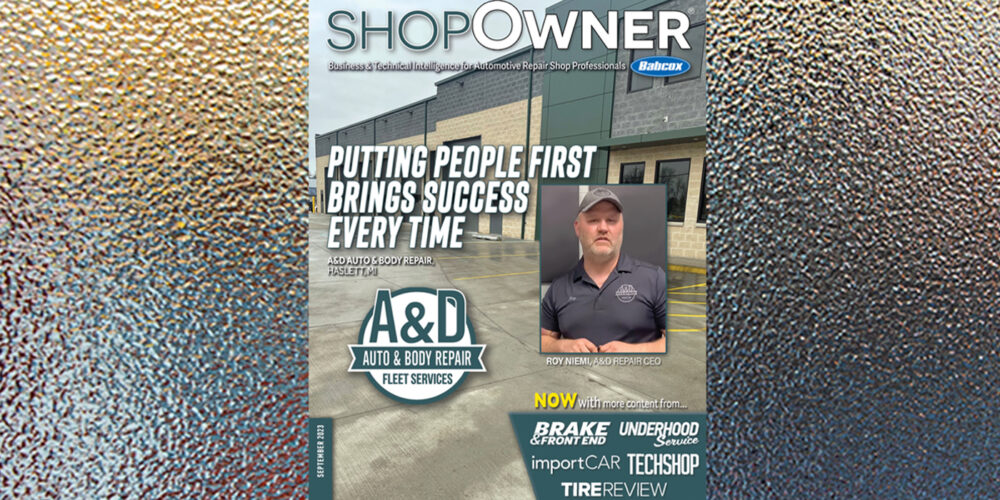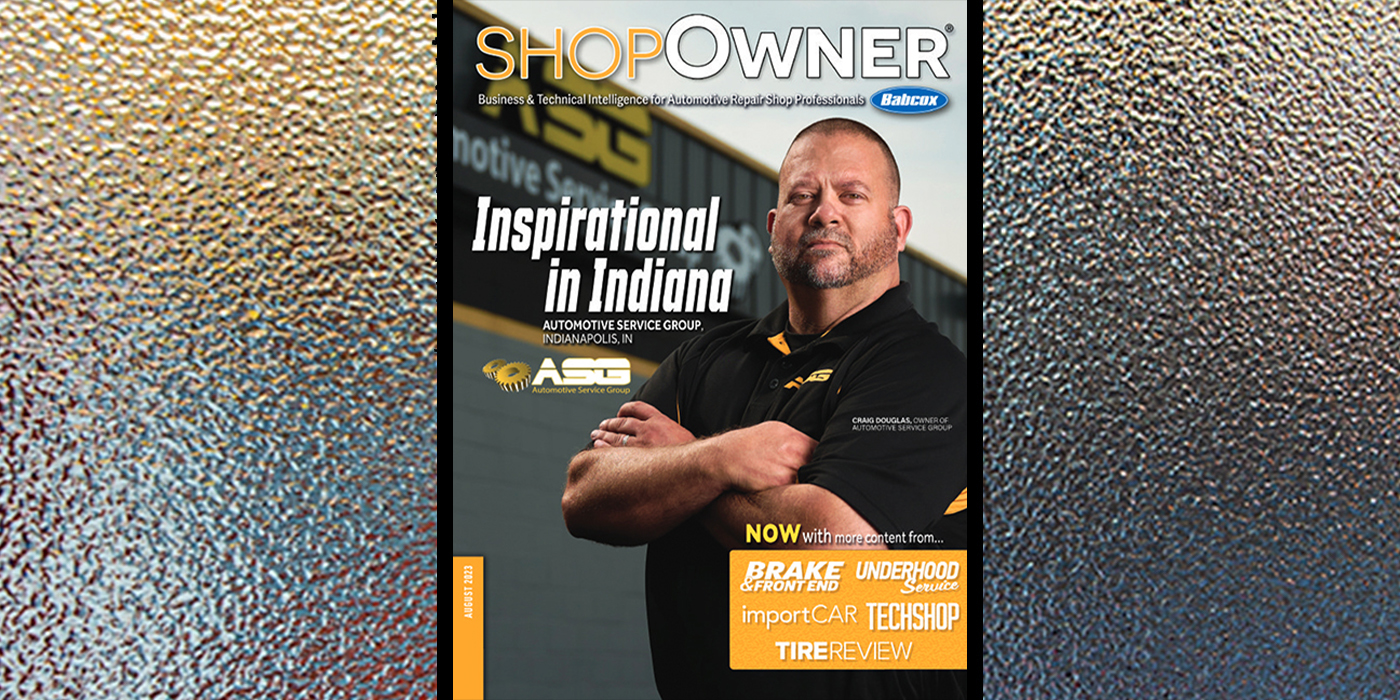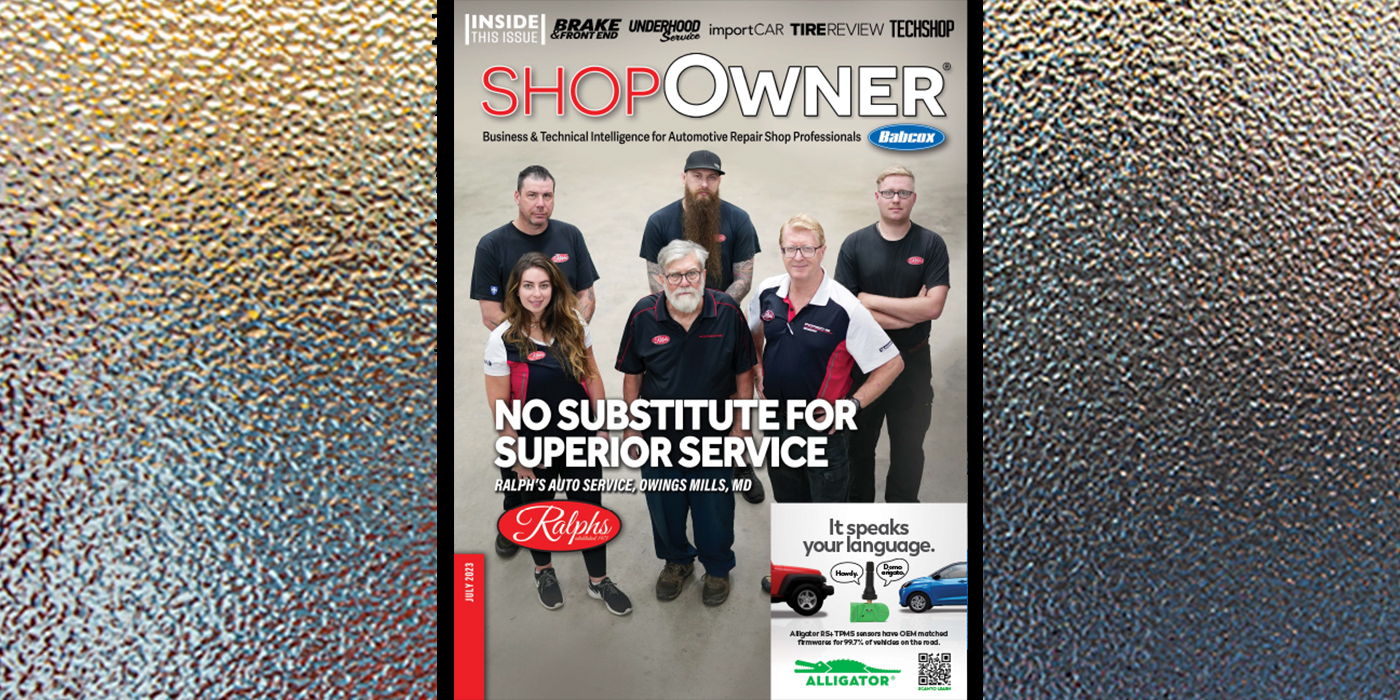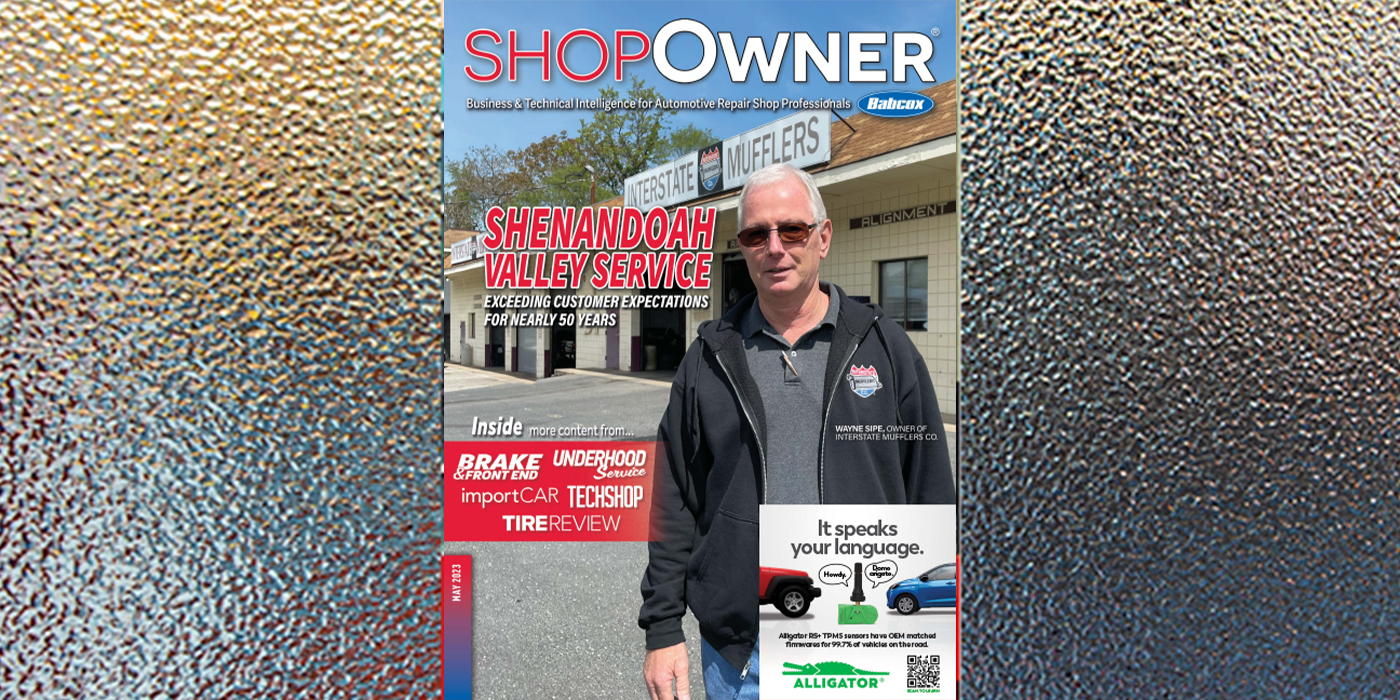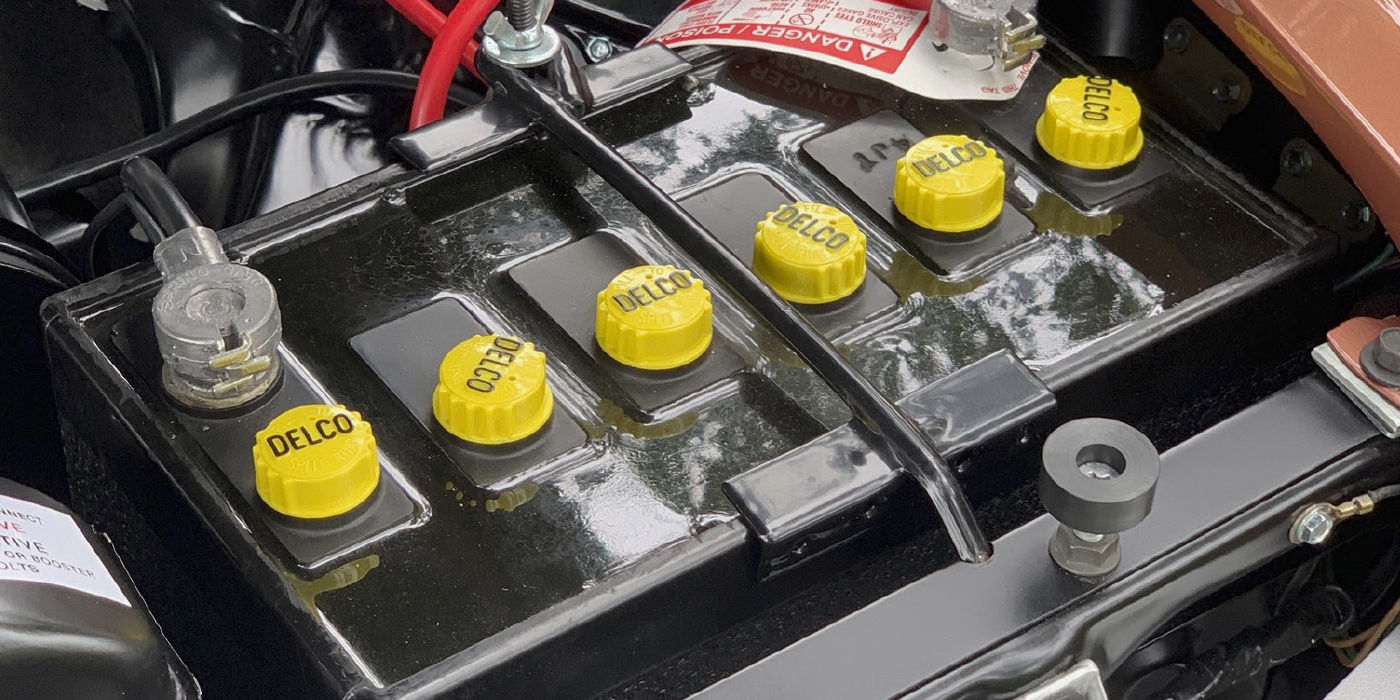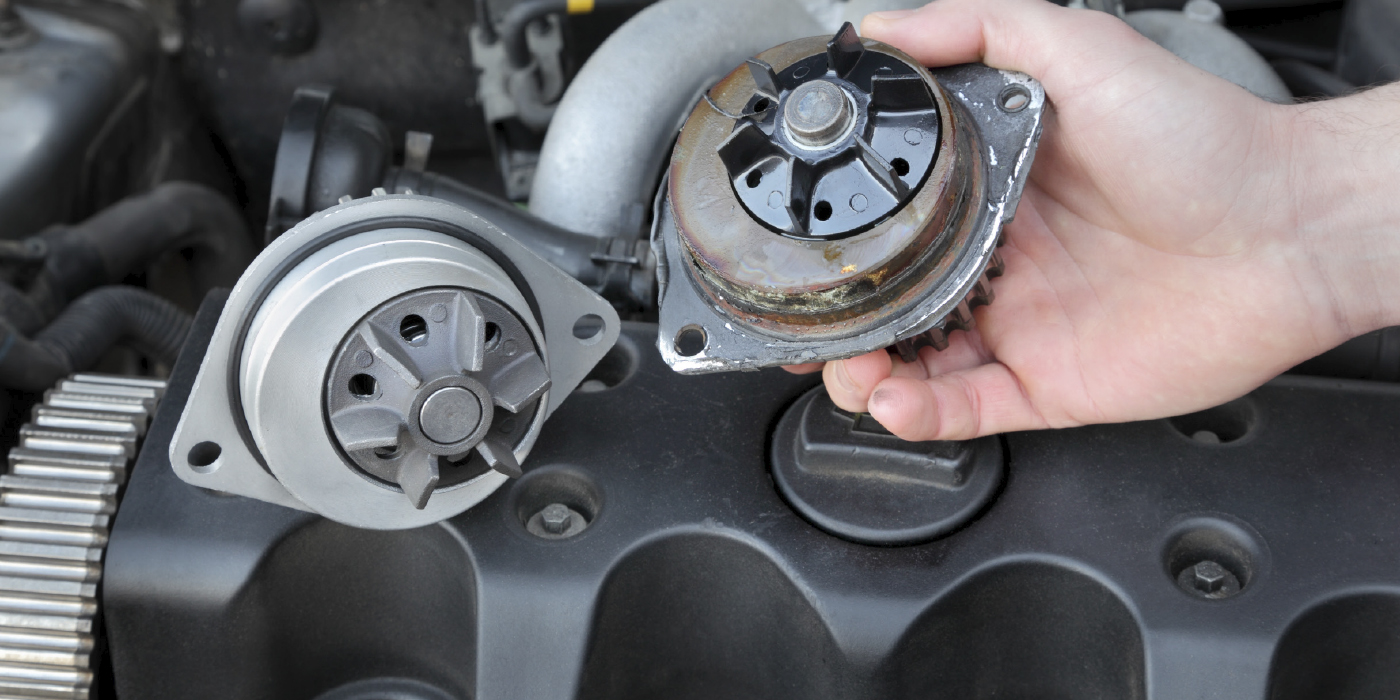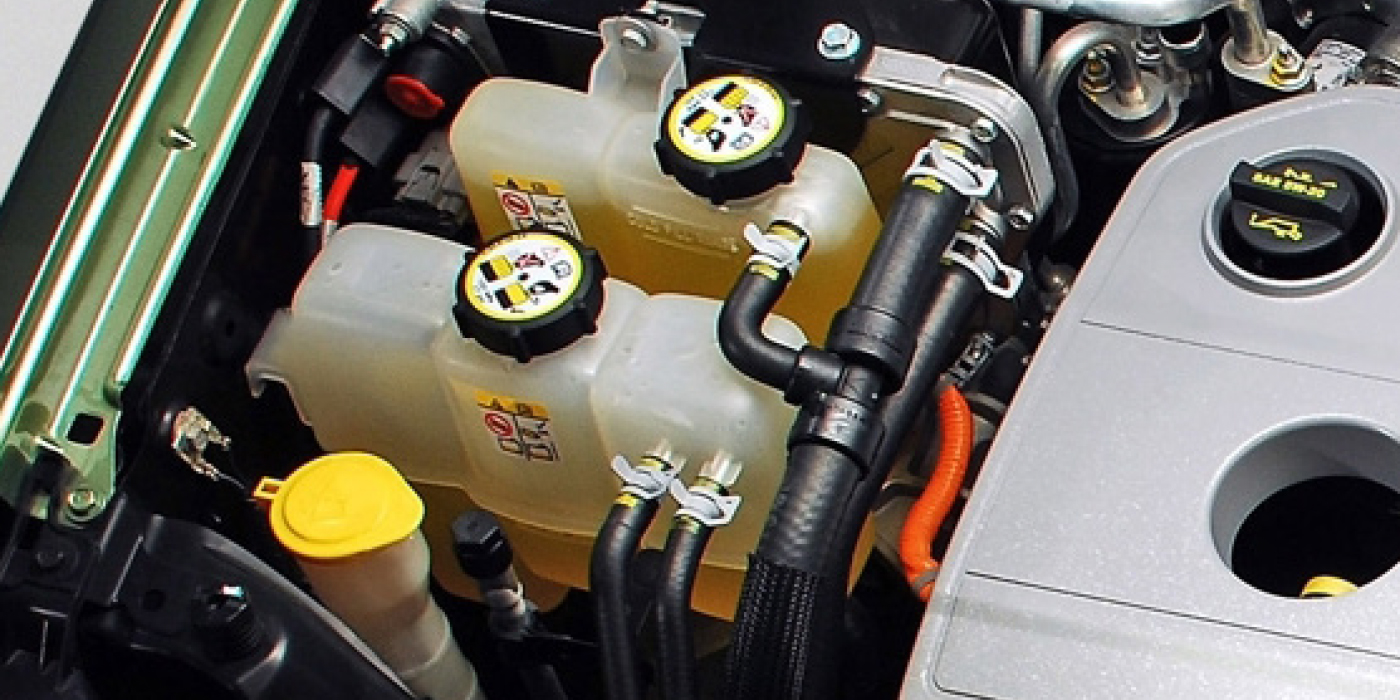If you live in a region where temperatures routinely dip below freezing this time of year, you know that vehicle maintenance requirements shift along with the weather. While keeping up with your customers’ maintenance needs is always essential for business, there are some areas of the country where winter maintenance takes on a whole new level of importance.
In America’s coldest cities, poor vehicle maintenance isn’t just a repair issue — it’s a safety issue. Being stranded with a broken-down car in extreme temperatures isn’t an option. So, how do shops in some of America’s coldest climates keep their customers’ cars running through even the worst winter conditions? The answer, it turns out, is just a little preparation.
Setting Up Seasonal Inspections
It’s nice to have proactive customers who want to take care of maintenance issues before something goes wrong. Unfortunately, not all customers have this kind of foresight. Whether or not the temperature drops to 50 below where you live, the arrival of winter weather puts the onus on shops to be more direct in selling winter inspections.
Talk to your customers about the importance of being more proactive in servicing their vehicles during winter. While they may be familiar with the recommended service intervals in their owner’s manuals, you need to be conservative when it comes to winter maintenance.
”You need to offer your experience when thinking about maintenance intervals,” said Mike Simard, owner, Simard Automotive in Fairbanks, AK. “The independent industry does roughly 80% of all maintenance work in this country; so, we’ve learned a thing or two about vehicles that are no longer under warranty. Essentially, we want to take the manufacturer’s recommendation and pair that with our years of experience to make an appropriate recommendation on winter maintenance.”
Fluids
Vehicles using contaminated fluids or fluids that are mixed in the wrong concentration are especially susceptible to failure during winter. That’s because fluids don’t give off many warning signs when they need to be changed. They also are rarely checked by most drivers.
Check the motor oil on every inspection. If your shop is in a region where temperatures routinely drop below freezing, you might consider switching to a lower viscosity oil. Regardless of what oil you’re using, recommend an oil change to help the customer’s engine run easier upon startup.
“We recommend oil changes after most tune-ups and battery replacements that were done after a vehicle failed to start,” said Jason Emrick, ASE Master/L1 technician, Lloyd’s Automotive in St. Paul, MN. “At a minimum, clean oil will lubricate quicker and allow the engine to spin a little bit faster on cold startup. It will also remove the hydrocarbons from the crankcase if there is a no-start or slow-crank condition. Those extra hydrocarbons could be the difference between the car starting or the engine flooding.”
You already know that weak coolant can freeze when the temperature drops below 32 degrees, but you should also make sure that the coolant isn’t too rich if you’re in a region with seriously cold temperatures. Simard noted that running coolant that’s too rich can lead to the fluid sludging up; however, there are other concerns as well. Coolant that’s mixed too strong may not allow heat to properly transfer to the heater, resulting in customer complaints.
While you’re checking fluid, don’t forget about the brakes. Since brake fluid is hygroscopic, absorbed water in a vehicle’s brake lines can freeze and make for a sluggish pedal. This condition can also lead to damaged seals and related components.
Tires
Your customer’s tires are the final point of contact between the vehicle and the road. Underinflated and worn tires can present serious safety issues for drivers, and should be addressed in any winter inspection.
“When it comes to inspections and what seasonal inspections you sell, you really need to be looking at tires,” Simard said. “If it rains a lot in your winter season, you don’t want your customers’ vehicles to hydroplane. If you get ice and snow, you have to be talking to your customers about tires.”
Regardless of tire condition, underinflated tires are a common problem when the temperature dips. Your customers should be monitoring their tire pressure throughout winter to maintain performance, but your shop can help preempt some under-inflation issues by being vigilant in checking pressure on every car that rolls into your bays.
“A general specification is that tire pressure will drop 1 psi for every 10-degree drop in temperature.” Emrick said. “As the tire pressure drops due to the cold, we find that bead leaks become more prevalent. For these reasons, we are sure to fill all tires during the fall and winter to at least 35 psi. This means that every car that comes into our bays, for anything from headlight to head gasket work, is to leave with the tires properly inflated. Any tires that are lower than their peers are noted and visually inspected.”
Winter is also the time of year to replace tires that are nearing the edge of acceptable tread depth, Emrick says. It doesn’t make sense for your customers to battle through winter on worn tires, only to upgrade in the spring when conditions are more favorable. Help guide your customers to the tire that is right for their vehicle and the road conditions in your area.
“To determine whether or not your customer needs new tires, measure the tread depth: If the depth is less than 2/32 of an inch, the tire is worn out and is not safe,” said Mike Borlee, owner, Mike’s Service Center in Green Bay, WI. “Tires with an all-season tread pattern will perform better than those with a ‘touring’ tread pattern. Ultimately, nothing beats a dedicated set of snow tires. The extensive grooved patterns and softer compounds provide greater performance and safer handling than a standard tire.”
Batteries
That dreaded “click, click, click” noise is something no driver wants to hear when trying to start up their vehicle on a cold morning. Test every car battery during winter maintenance and physically inspect them for any signs of damage and to help determine their age.
“Midwest driving conditions are harsh,” Borlee said. “Make sure the battery is tested for, and maintains, proper cranking amperage and reserve capacity. The average battery lifespan is four to five years. If the customer’s battery is in that range, they should budget for a replacement.”
It pays to be cautious when it comes to battery replacement. Sometimes there can be problems even when a battery looks normal and tests out OK. Ultimately, a shop should use its discretion based on regional vehicle driving habits when determining whether or not to recommend replacement.
“As we approach winter, our shop begins to be more skeptical of batteries and we’re quicker to upsell them if they appear at all close to the CCA threshold,” Emrick said. “We also try to determine the date of the battery. We will recommend replacing any that are over four years old even if they are testing OK (our shop found that we were replacing batteries in January that tested fine in September). As a battery ages, it may not have the reserve capacity to start cars in extreme cold.”
Make sure your shop has a uniform winter maintenance checklist, and promote it to every customer. Being a technician in a cold climate comes with a lot of responsibility, but if you can keep your customers’ cars on the road, your winter maintenance service will be a better marketing tool than any postcard or email could ever be.


